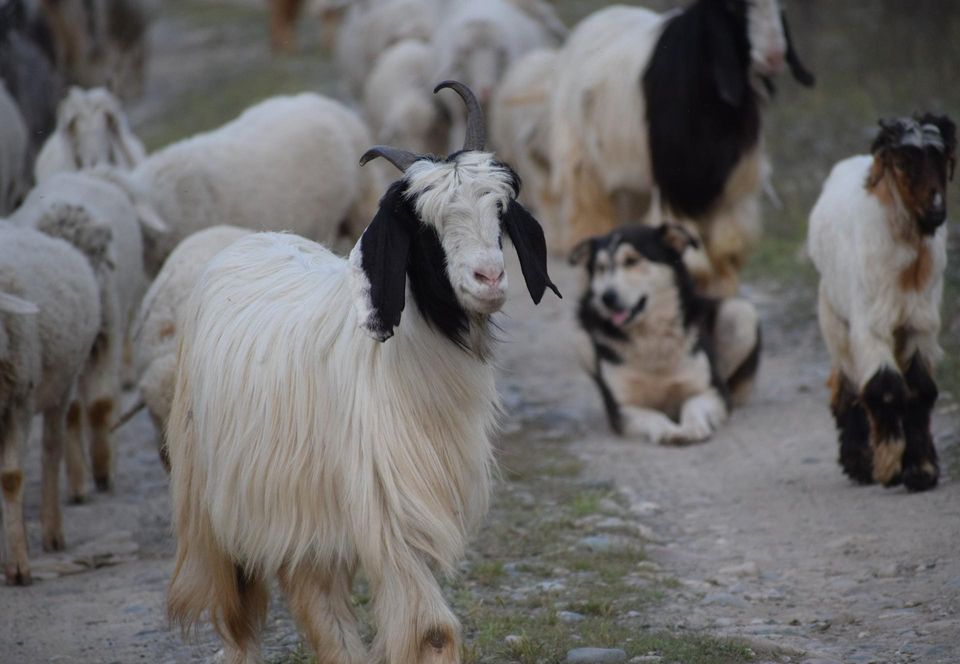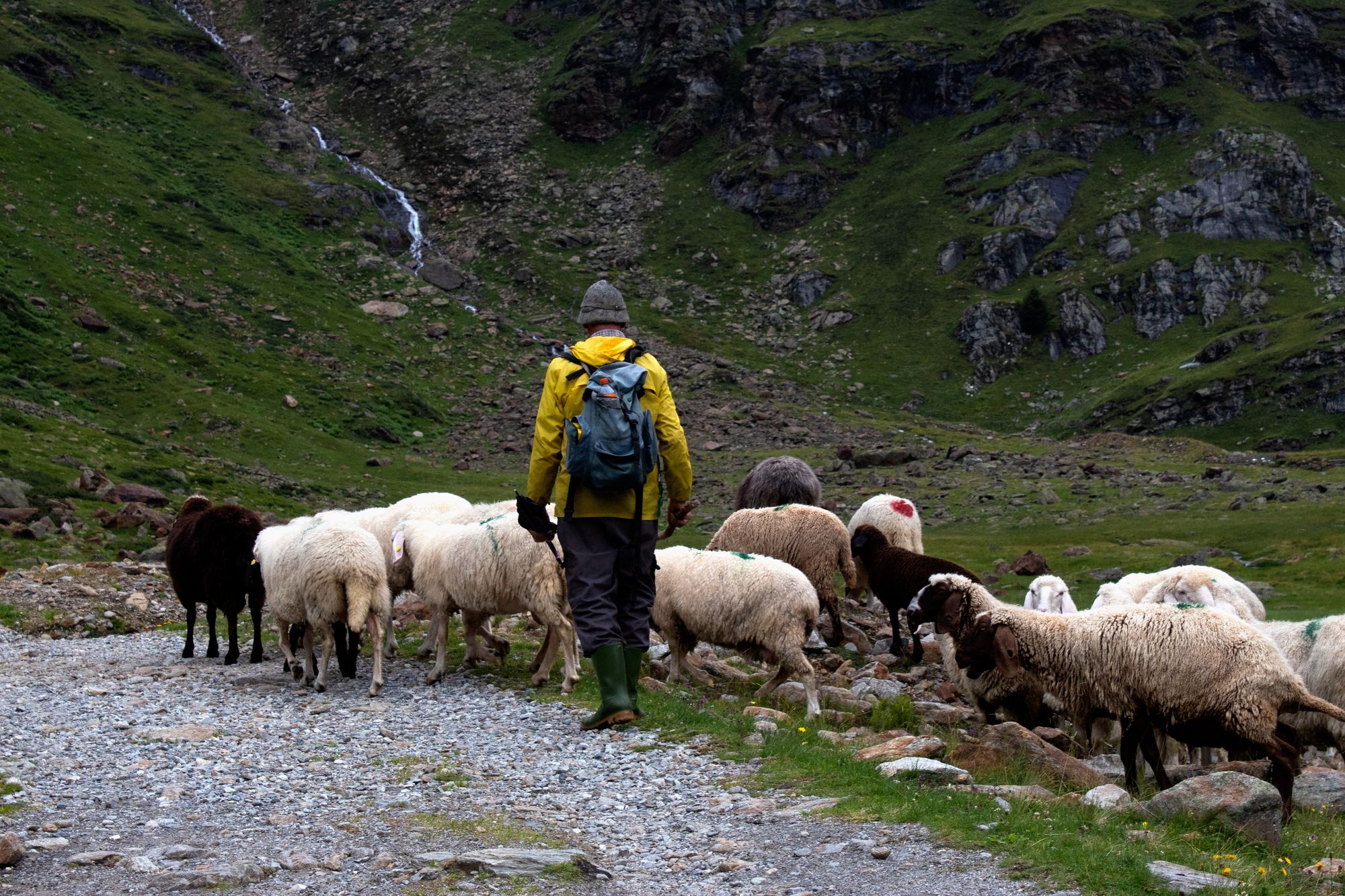Italian wool?

A few years ago I used to live in the US and it was there that I took up knitting. I knew a few basic techniques which I had inherited from my grandmother and the rest I picked up watching tutorials and just diving into the craft. I found it very engaging, relaxing but also challenging, and surprisingly satisfactory.
At the beginning I made a few small garments for my (then little) children, then I branched out and knitted a few hats, one adult-size cardigan, a sweater for myself. Throughout my learning process I was both inspired and buoyed by the energetic online community that had developed around knitting. Soon I had a series of favorite hangouts: BT's awesome lookbooks, the much beloved Fringe Association, Ravelry of course for endless inspiration, Kate Davies' blog for intelligent reflections on creativity, mental health, and the history of Scottish wool. I listened to all the episodes of Knit FM, was a hopeful participant in Woolful podcast's weekly giveaways and soon enough I bought my first issue of Laine magazine. I became persuaded that, when it came to selecting yarns, there were many variables to consider besides the softness of the yarn and the appeal of its colors; I believed that, as in many areas of life, sourcing locally and sustainably was the way to go.
Years later I moved back to Italy and I discovered that sourcing wool locally was (and still is) not an easy task. I was quite surprised to discover that, in a fashion-focused country, punctuated by artistic abundance, the very idea of Italian wool was/is a somewhat elusive concept.
That wool has ceased to be a viable commodity is possibly a well known fact. Perhaps it does not surprise anyone that few people would dedicate themselves to raising sheep for a profit. Those who do, can sometimes rely on the profitability of their animals' meat (and even that is not a given, requiring as it does, a whole network of interested parties, promotional efforts etc.). The price of untreated wool on the market is so ridiculously low that it becomes very hard to imagine wool as a product.

In my geographic area however, there are some shepherds who keep a small flock because it is a family tradition, a low maintenance, generational habit, so to speak. These sheep could be left grazing the mountain pastures largely undisturbed, even though things have gotten slightly more complicated in recent times, on account of the relatively recent re-appearance of the wolf. (Disclaimer: I am a rewilding sympathizer, and I do not oppose the wolves' presence, as I think that the benefits of greater biodiversity far outweigh the negative consequences; an unpopular opinion among local shepherds).
While Italy's manufacturing plants -now located mainly in and around Biella (in the Piedmont region)- have historically declined in numbers, the main challenge facing small wool producers is finding a processing plant that would deal with small quantities of fleece. In fact, when it comes to the manufacturing industry at large, the wool itself is for the most part sourced elsewhere, partially on account of the small national production, and also because Italian sheep wool does not seem to be an especially valued fiber. Luxury yarns like cashmere, alpaca, and, more recently, yak enjoy a much better standing overall.
Because one of the challenges of a small wool production is finding a commercial operation that would accept small quantities of fleece, a practice of assembling fleeces, regardless of their origin, in order to achieve a workable quantity of wool has developed through the years. I wondered whether it would make a difference in the final quality of the yarn, had the fleeces been treated separately instead. My guess is that, yes, it probably would, but I am no yarn expert and I speak purely from an observational standpoint.
However, it seems to me that developing an appreciation for different fibers' specificities would be a necessary step toward a more sustainable chain of production, one that doesn't rely solely on the tried-and-true handful of yarns that have surged to the elite status of "noble" fibers. Respecting and favoring biodiversity goes hand in hand with acquiring a deeper knowledge about different fibers' properties (and limitations). The steady increase in consumers demand for cashmere for example, has already provoked further land damage in countries where there is an unbalanced use of the land. As usual, everything becomes complicated when scaled.
Locally grown cashmere anyone?